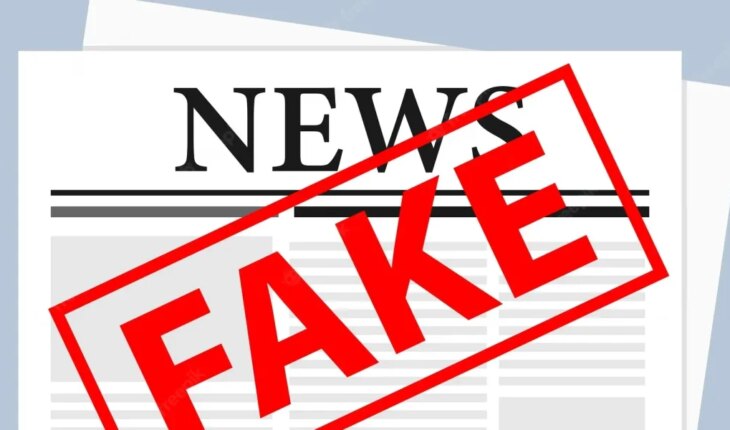BTR Consulting, a global company specialized in cybersecurity consulting, risk management, business and auditing, presented “Fake News 2023”, an analysis of the phenomenon of fake news in the digital world, based on a survey conducted by its Extreme Cybersecurity Lab in the second half of 2023, prior to general elections to 100 adults, Argentines where it is highlighted that 70% of people tend to share them without checking the origin of the information. “FAKE NEWS” refers to false information published under the pretext of passing for authentic news to deceive public opinion; and “DEEPFAKES” are a new and much more insidious form of Fake News.In that sense, Gabriel Zurdo, CEO of the company, highlighted: “The rise of AI-based tools is increasingly attracting cybercriminals. We saw an increase in the availability of voice-as-a-service cloning offerings, which drive DEEP FAKE-type fraud.”.“These tools and services are capable of spreading false information very effectively with the aim of creating false voices of popular celebrities, politicians, influencers or a very active family member of yours on TikTok”Added. And he closed: “These recordings can be used to spread disinformation or to carry out social engineering frauds. This mechanism has increased significantly in recent years, based on material published by the victims themselves on their social networks and publications.WHAT ARE DEEP FAKES? They are ultra-realistic fake videos made with Artificial Intelligence (AI) software to represent people, changing tone of voice, speaking and modifying body language. BTR Consulting’s lab has recorded how deepfakes can be used to create non-consensual pornography, incite fear and violence, and influence society.“As the AI technology behind the creation of deepfakes evolves, it will become even more difficult to discern fact from fiction. While platforms such as Facebook, Twitter and Google have begun labeling what they have identified as manipulated online content as deepfakes, more efforts will be required to educate the public on the effective denial of such content.According to the studies carried out, people put loyalty to their political ideology before the truth and, therefore, fail to discern truth from falsehood in favor of simply believing in ideologically consistent information.“When people spread misinformation, they often believe it and share it. On the contrary, disinformation is fabricated and disseminated with the intention of deceiving others.”Detail. “It all depends on who shares it and why. For example, if a politician strategically disseminates information that he knows to be false in the form of articles, photos, audios and even memes, that is ‘fake news.'”WHAT ARE THE EFFECTS OF FAKE NEWS?“The effects of disinformation are dangerous because these campaigns divert people from other important issues and fuel conflict.”, they maintain from BTR. From the analysis carried out, three main effects were identified: – MISINFORMATION DISTURBS AND HARMS. Disinformation and fake news are designed to disrupt lives and distract citizens from more important issues. These campaigns have been used to fuel conspiracy theories after major tragedies, such as mass shootings, bombings or the pandemic. Fake news that is politically motivated can be spread through foreign governments, political groups and conspiracy theorists. Although each of these groups may have different motivations, the result is the same. DISINFORMATION THREATENS THE DEMOCRATIC PROCESS. The use of paid ads on FACEBOOK to spread fake news caused, for example, Americans to turn each other against each other. Fake news undermines trust in real news and governments. The implications of this for democracy are enormous. TIPS TO AVOID FALLING INTO FAKE NEWS- Deepen the sources.
– Find more information.
– Deepen the content.
– Consider the message.
– Determine the purpose of what is being seen/read.
– Be aware of one’s own prejudices.
70% of people tend to share Fake news online
August 1, 2023 |





